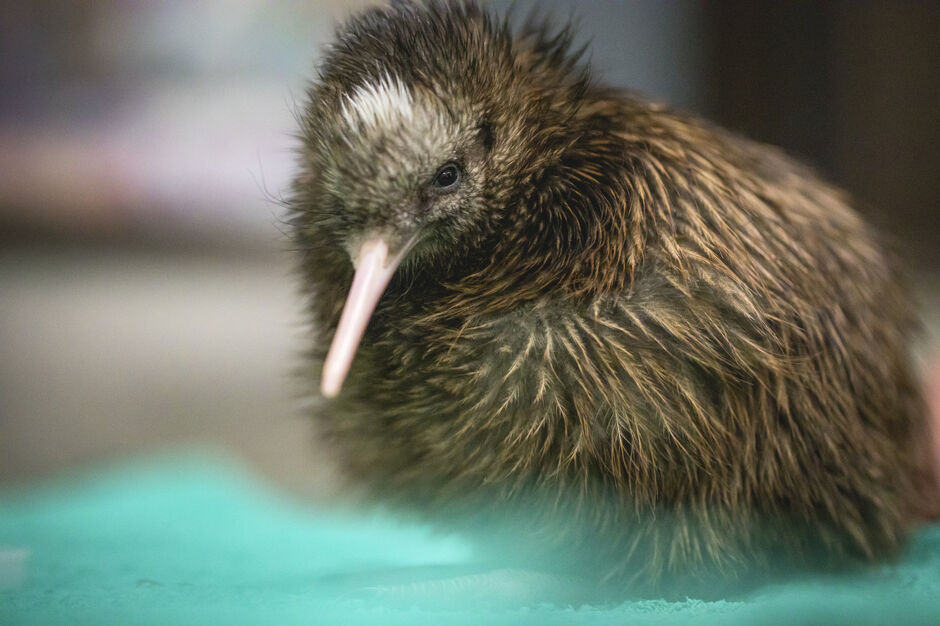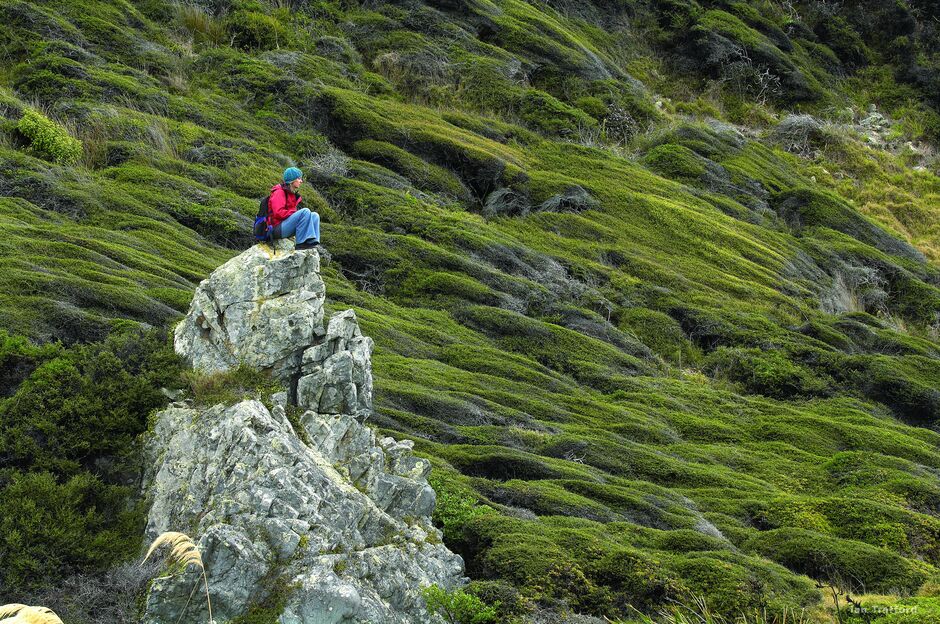-
Popular places to visit
Popular things to do
Helpful tips
Here's a few useful links to help with planning your trip to Aotearoa New Zealand.
-
Aotearoa New Zealand’s birds are among the most fascinating in the world. Here are some of the best spots to see them in the wild.


Aotearoa New Zealand is home to many species not found anywhere else in the world – a flightless parrot, a penguin with yellow eyes, and the only bird with nostrils at the end of its beak.
New Zealand’s diverse landscapes, from alpine to subtropical and coastal regions, support a wide variety of bird species. Among bird enthusiasts, New Zealand is celebrated as the seabird capital of the world, boasting 85 species of seabirds, including 14 species of albatross.
To learn more about New Zealand’s birds, complete the Department of Conservation’s online bird identification course(opens in new window).

Please protect our precious native species by keeping your distance. Getting too close can stress the birds. Additionally, please do not feed them and use the zoom function on your camera.
For more information on how to protect New Zealand's birds, please visit the Department of Conservation(opens in new window).


To see most, if not all New Zealand’s endemic species, it is necessary to travel through much of the three main islands (North, South, and Stewart Islands). Birding New Zealand provides a comprehensive list of operators(opens in new window) across the country, offering bird-watching tours, excursions, and accommodations.


Birdwatching in New Zealand is an all-year-round activity, but different seasons offer unique opportunities to see different species and observe different behaviour. Here’s a seasonal guide to help you plan your birdwatching adventures:
Spring (September to November)
Spring marks the peak breeding season, making many birds more visible as they nest and raise their young. It’s also the time when migratory birds, like the bar-tailed godwit, return from their Arctic breeding grounds. The Pūkorokoro Miranda Shorebird Centre in Waikato is New Zealand’s premier destination for shorebird observation, as well as education and research.
Summer (December to February)
At this time of year birds are highly active, feeding and caring for their fledglings. It is also a great time to see seabirds, including albatross.
Autumn (March to May)
In autumn, some migratory birds start their journey back to the Northern Hemisphere. Native forest birds like the tūī and bellbird are more vocal and easier to spot. Head to forests and national parks, such as Fiordland and Pureora Forest Park, to see native birds in the wild.
Winter (June to August)
Winter is great for spotting alpine birds such as kea, which live in the mountainous regions of the South Island.